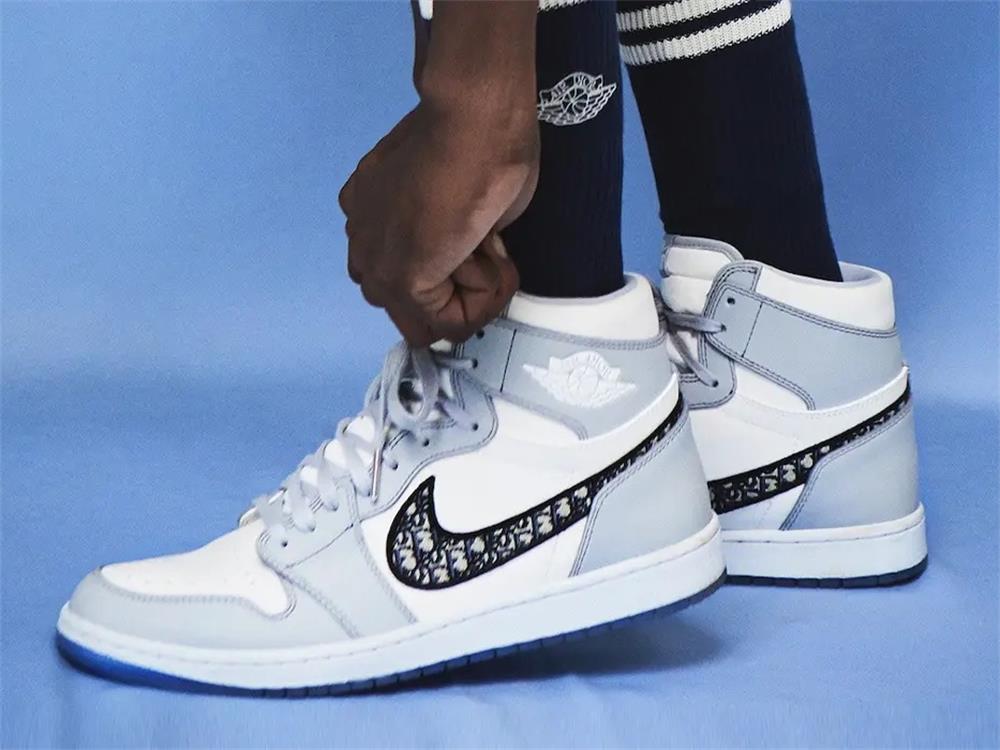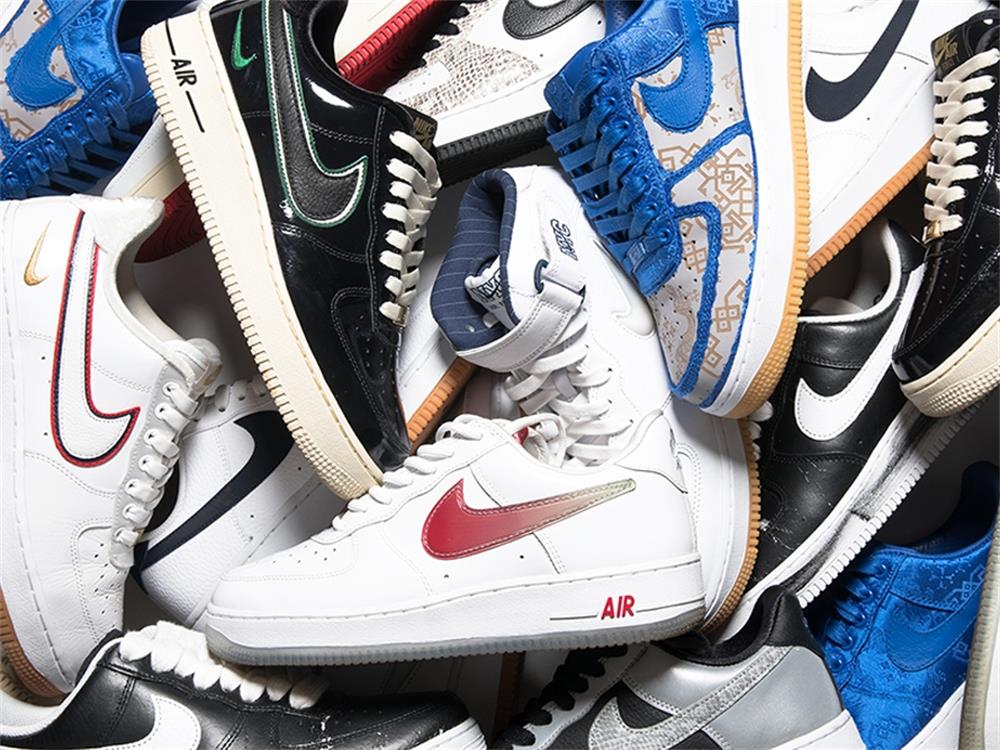Contents
Fashion is more than just clothes. It is a form of art, expression, and culture that reflects the values, tastes, and aspirations of different people and societies. Fashion also has a history that spans centuries and continents, with some of the most influential and innovative designers creating styles and trends that have shaped the world of fashion as we know it today.
In this article, we will take a look inside some of the world’s most iconic fashion houses, exploring their origins, achievements, and distinctive features. We will also learn about their current status and future plans in the ever-changing and competitive fashion industry.
What is a Fashion House?
A fashion house is a term used to describe a company or a brand that designs, produces, and sells high-end clothing, accessories, and sometimes other products such as perfumes, cosmetics, or home furnishings. A fashion house usually has a creative director or a chief designer who oversees the artistic vision and direction of the brand, as well as a team of designers, tailors, craftsmen, and other staff who work on creating the collections.
A fashion house may specialize in a certain type of clothing, such as haute couture, ready-to-wear, or sportswear, or cater to a specific market segment, such as women’s wear, men’s wear, or children’s wear. Some fashion houses may also have multiple lines or sub-brands that target different customers or occasions.
A fashion house may operate independently or be part of a larger conglomerate or group that owns several brands. For example, LVMH (Louis Vuitton Moët Hennessy) is the world’s largest luxury goods group that owns more than 70 brands, including Dior, Fendi, Givenchy, and Marc Jacobs.
The Origins of Fashion Houses
The concept of fashion houses can be traced back to the 19th century in Paris, France, where the first couturiers (fashion designers) emerged and established their own ateliers (workshops) where they created custom-made garments for wealthy clients. One of the pioneers of this profession was Charles Frederick Worth (1825-1895), an Englishman who moved to Paris in 1846 and opened his own salon in 1858. He is considered the father of haute couture (high fashion), as he was the first to design clothes based on his own ideas rather than following the requests of his customers. He also introduced the practice of showing his collections on live models rather than mannequins or sketches.
Worth’s success inspired many other designers to follow in his footsteps and create their own fashion houses in Paris. Some of the most notable ones were Paul Poiret (1879-1944), who revolutionized women’s fashion by freeing them from corsets and introducing oriental influences; Coco Chanel (1883-1971), who popularized the little black dress, the tweed suit, and the Chanel No. 5 perfume; Christian Dior (1905-1957), who launched the “New Look” after World War II that emphasized femininity and elegance; and Yves Saint Laurent (1936-2008), who introduced the tuxedo for women and championed diversity and social causes in his designs.
Paris soon became the capital of fashion and attracted many aspiring designers from other countries who wanted to learn from their masters and establish their own names in the industry. Some of them were Elsa Schiaparelli (1890-1973) from Italy, who collaborated with surrealist artists such as Salvador Dali and Jean Cocteau; Cristobal Balenciaga (1895-1972) from Spain, who was known for his sculptural shapes and mastery of fabrics; Hubert de Givenchy (1927-2018) from France, who created the iconic “Audrey Hepburn look” and dressed many celebrities; and Karl Lagerfeld (1933-2019) from Germany, who reinvented Chanel and Fendi with his modern and innovative approach.
The Rise of Fashion Houses Around the World
While Paris remained the dominant force in fashion for most of the 20th century, other cities and countries also emerged as important centers of creativity and influence in the fashion world. Some of them were:
- London, England: London became a hub of youth culture and subculture in the 1960s and 1970s, with designers such as Mary Quant, Vivienne Westwood, and Alexander McQueen creating rebellious and avant-garde styles that challenged the norms and conventions of fashion. London also hosted the first Fashion Week in 1984 and continues to be a major platform for emerging and established talent.
- Milan, Italy: Milan rose to prominence in the 1970s and 1980s as the home of some of the most successful and influential fashion houses in the world, such as Armani, Versace, Prada, and Dolce & Gabbana. These brands are known for their glamorous, sophisticated, and sexy styles that combine Italian craftsmanship and quality with global appeal and trends.
- New York, USA: New York became a global fashion capital in the 1980s and 1990s, with designers such as Calvin Klein, Ralph Lauren, Donna Karan, and Tommy Hilfiger creating iconic American styles that reflected the lifestyle, culture, and diversity of the city. New York also hosts the largest and most prestigious Fashion Week in the world, attracting thousands of buyers, media, and celebrities every year.
- Tokyo, Japan: Tokyo emerged as a fashion powerhouse in the 1980s and 1990s, with designers such as Rei Kawakubo, Yohji Yamamoto, Issey Miyake, and Kenzo Takada introducing radical and innovative styles that challenged the Western notions of beauty, gender, and aesthetics. Tokyo also has a vibrant street fashion scene that showcases the creativity and individuality of its youth.
The Current Status and Future Plans of Fashion Houses
Today, fashion houses face many challenges and opportunities in the fast-paced and competitive fashion industry. Some of the main issues and trends that affect them are:
- The impact of the COVID-19 pandemic: The pandemic has disrupted the fashion industry in many ways, such as forcing the cancellation or postponement of fashion shows and events, reducing consumer demand and spending, causing supply chain problems and delays, and increasing health and safety risks for workers and customers. Fashion houses have had to adapt to these changes by shifting to digital platforms, offering online services, implementing social distancing measures, supporting charitable causes, and promoting sustainability and resilience.
- The rise of e-commerce and social media: The internet has transformed the way people shop for and consume fashion. Online platforms such as Amazon, Alibaba, Asos, Net-a-Porter, and Farfetch offer a wide range of products from different brands at competitive prices and convenient delivery options. Social media platforms such as Instagram, TikTok, YouTube, and Pinterest allow users to share their opinions, preferences, and styles with millions of followers and influencers. Fashion houses have to leverage these platforms to reach new customers, engage with existing ones, showcase their products and stories, and generate buzz and feedback.
- The demand for sustainability and ethics: Consumers are becoming more aware and concerned about the environmental and social impacts of fashion production and consumption. They are looking for brands that are transparent about their sourcing, manufacturing, labor practices, animal welfare, carbon footprint, waste management, and social responsibility. Fashion houses have to respond to these expectations by adopting more sustainable materials, processes, technologies, and business models that reduce their negative impacts and enhance their positive ones.
- The need for innovation and differentiation: Fashion is a dynamic and competitive industry that requires constant innovation and differentiation to stay relevant and profitable. Fashion houses have to keep up with the changing tastes, needs, and desires of their customers by offering new products, services










